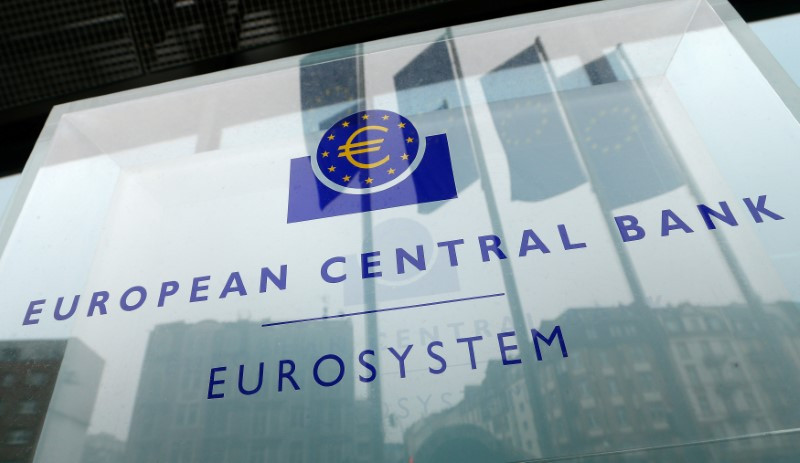
Yesterday, the euro reacted quite predictably to the weak US GDP, as the slowdown in economic growth in the 1st quarter of this year, which is partly attributed to military funding for Ukraine, is likely pushing investors to think about a more severe recession in early 2024 than many politicians and economists expect.
The euro was under more pressure due to talks that the European Central Bank will be forced to slow down the pace of interest rate hikes to a quarter of a percentage point next week, as bank lending cuts amid robust inflation could clearly hurt the eurozone's surprisingly resilient economy. The GDP growth rates for the eurozone countries will be published today, which could be the final chord in determining future policy at the beginning of May this year.

According to a Bloomberg analysts' poll, officials will take two more steps to raise by 25 basis points in June and July, as a result of which the deposit rate will peak at 3.75%. The first cut in borrowing costs is scheduled for October this year, even earlier than in the US. The ECB's deposit rate is expected to peak at 3.75% in July.
While one can agree with the first forecast on peak rates, the decrease is quite an unexpected conclusion. This week, many European politicians, including chief economist Philip Lane, have hinted that a rate hike is very likely next Thursday, but most of them have refrained from specific clues regarding its size. Instead, they will focus on key data on inflation and bank lending, which is to be published in the coming days.
Executive Board member Isabel Schnabel recently stated, "The biggest challenge for the ECB will be choosing between raising the rate by 25 and 50 basis points, as well as proper communication in the future." "Recent unexpected shifts in core inflation and wage growth require further decisive action, but tightening credit standards and slowing growth suggest that the risk of excessive tightening will have a negative impact on the economy," she said.
As I mentioned earlier, today's data will show whether the eurozone has managed to avoid a winter recession or not. Economists in a separate survey estimated the growth of the 20-country economy at just 0.2% in the first quarter of this year, and only a quarter of respondents said they expect a decline.
As markets prepare for important data on the eurozone and the US, where inflation-related reports are scheduled for release, the euro gradually loses ground. Bulls definitely have chances for further growth, but they need to stay above 1.1000 and take control of 1.1030 as soon as possible. Only this will push the euro towards new resistance at 1.1063, opening the way to 1.1096. If the trading instrument declines and breaks through 1.1000, you can say goodbye to bullish prospects. In this case, I would advise holding back from long positions until the price reaches 1.0966 or only becoming active around the next support level at 1.0940.